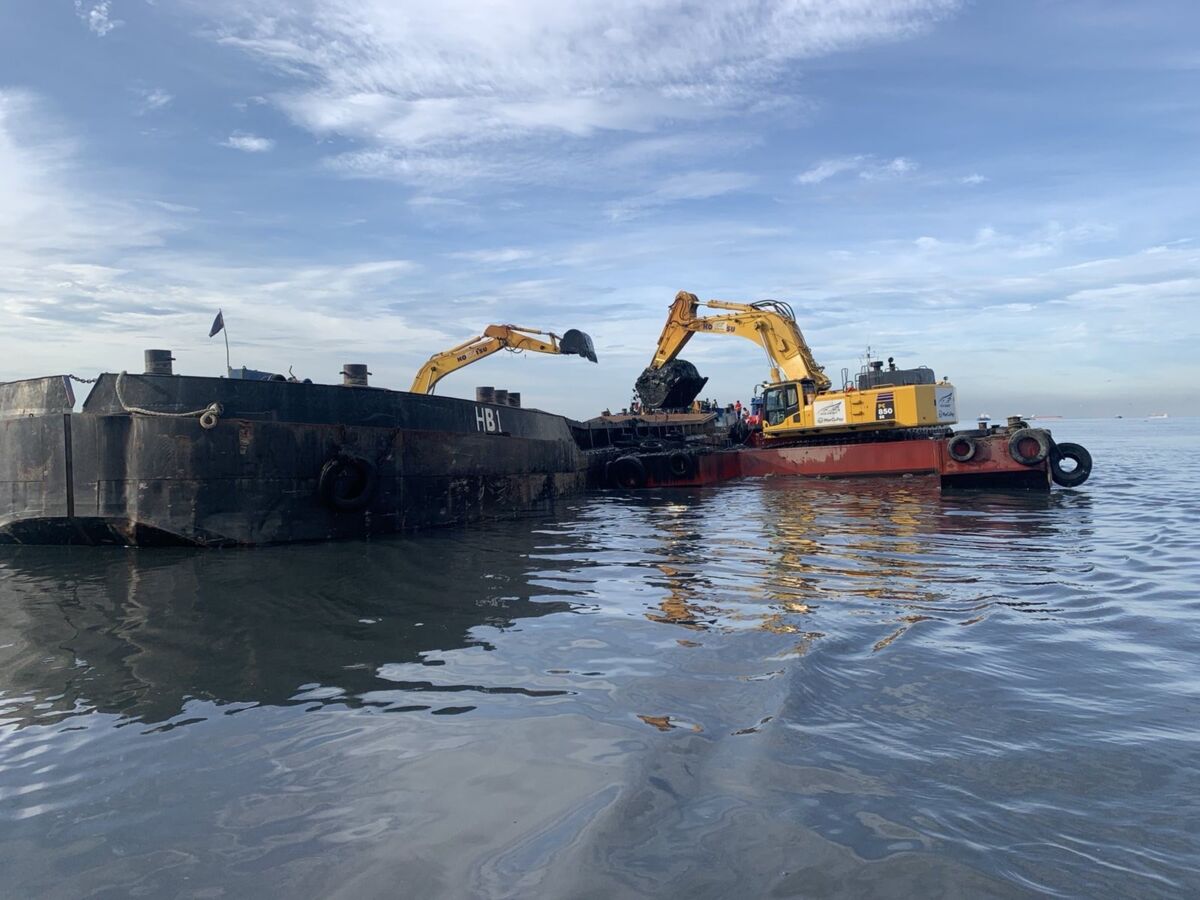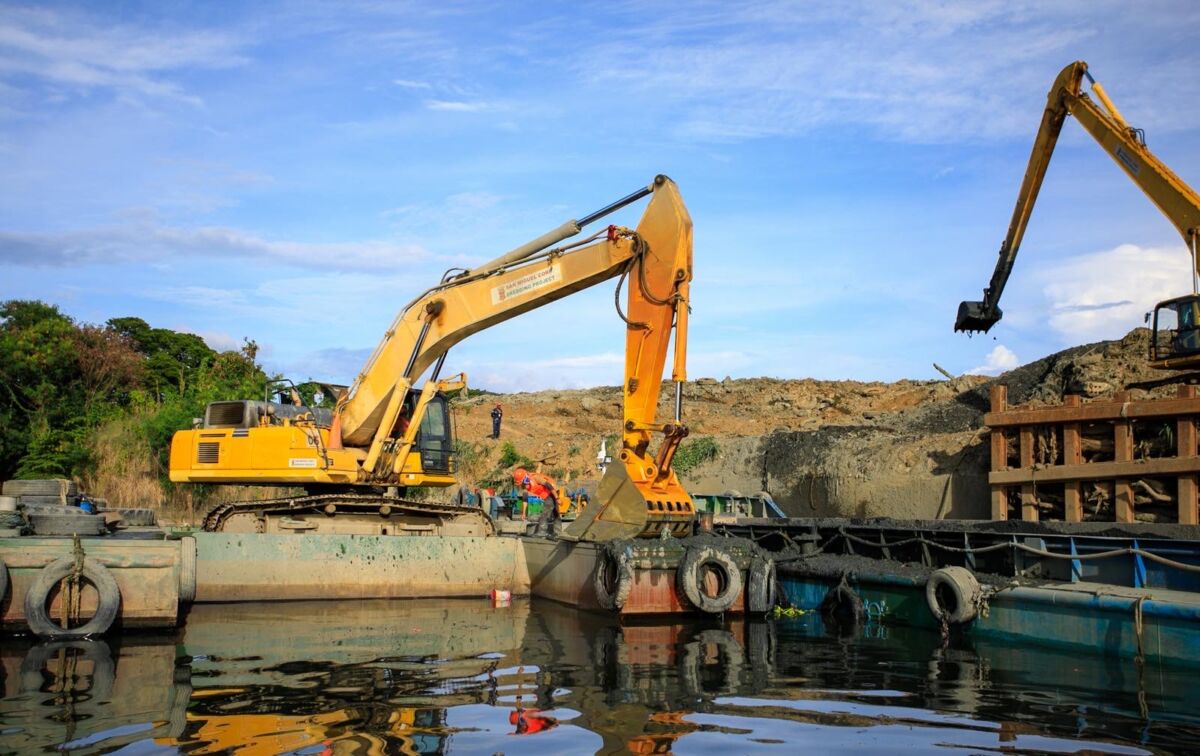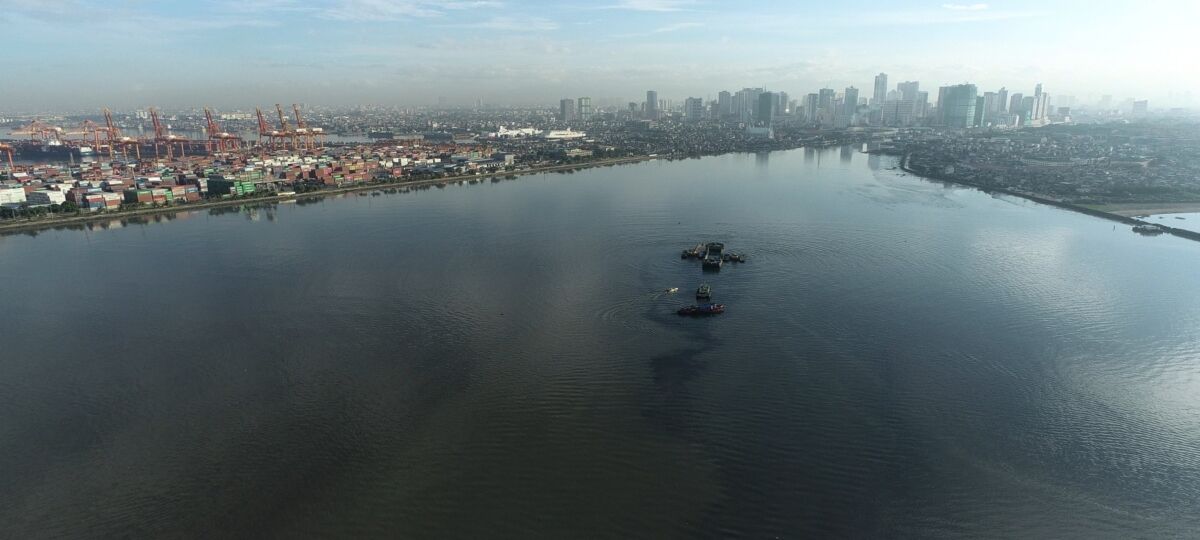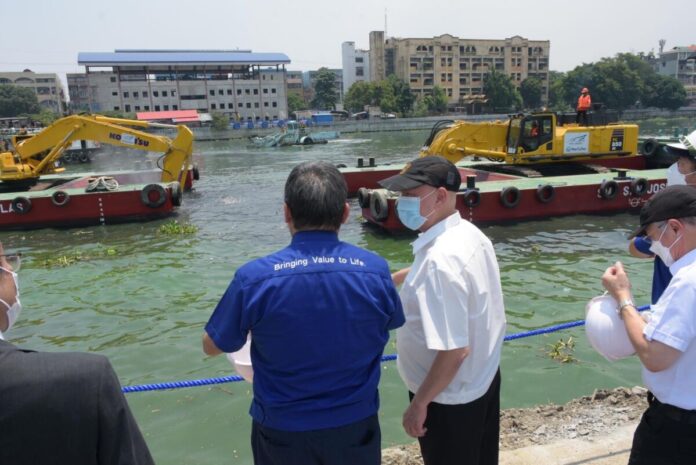San Miguel Corporation (SMC) said it expects its PHP2B Pasig River cleanup project to cross the one million metric tons threshold in silt and solid wastes removed by next month as its dredging teams focus their efforts on both ends of the river — the Manila Bay and Laguna Lake, where significant water flow restriction is known to occur.

SMC President and CEO Ramon S. Ang reported that with the company’s ongoing cleanup, the Pasig River’s flood-carrying capacity has significantly improved. From just two to three meters deep at the start of the project, completed sections now have depths of up to five to six meters.
Ang added that the target of 1M tons by February would be achieved just 20 months after the initiative was launched in July 2021, with the support of the Department of Environment and Natural Resources (DENR) and local government units.
Ang said the pace of its clean-up activities at the Pasig River is considerably faster than its earlier project to clean up the Tullahan River, owing to its deployment of more heavy equipment and personnel.

SMC’s Tullahan River cleanup, which removed some 1.12M metric tons of silt and waste from sections of the river traversing Navotas, Caloocan, Malabon, and Valenzuela, took a total of 27 months.
To date, SMC’s cleanup teams have extracted 927,198 metric tons of silt and waste from the Pasig River, with monthly targets now at more than 70,000 tons.
Apart from removing wastes and improving the flow and carrying capacity of the river to help mitigate flooding, navigability and safety for ferries and other vessels have also improved.
“We are happy to note that the easing of restrictions, along with the additional personnel and equipment we were able to put on the ground, are now allowing us to achieve our cleanup targets much faster,” Ang said.
“Hopefully, by the time the rainy season sets in later this year, our cities will feel the benefits of the Pasig River’s larger carrying capacity, along with the government’s other flood mitigation and control programs,” Ang said.
SMC’s historic Pasig River cleanup, said to be the largest such initiative to date by a single private enterprise, caught the attention of Japanese shipping giant NYK Line last year.

The firm, whose seafarers are mostly Filipino, supported the project via a USD1.5M grant to purchase additional equipment. SMC has pegged the cost of its entire Pasig River clean-up at PHP2B, or close to USD37M.
Ang said that the increase in output from the Pasig River effort is also partly due to the addition of the San Juan River–a major tributary to the Pasig River–to the coverage area.
With a length of around 10 kilometers, the San Juan River emanates from Quezon City and passes through Manila, San Juan, and Mandaluyong, leading to the Pasig River.
“Compared to our earlier Tullahan River cleanup, the positive impacts of our Pasig River effort will be felt in even more areas. It will benefit not just people from Metro Manila, but also many who are living in Rizal, all the way to Laguna de Bay,” Ang said.
Ang added that besides increasing the river’s capacity to receive floodwaters, the cleanup would also reduce peak water flows that generally go to Laguna Lake via the Manggahan Floodway.
In many instances, areas near Laguna Lake experience flooding during heavy rainfall or typhoon because of heavy siltation, which causes the lake to overflow.
Ang said that the reduction of major tributaries, apart from pollution, is among the major challenges that need to be addressed to better manage flooding.
Meanwhile, at the request of the local government units in Bulacan, Ang said that San Miguel has also started cleanup efforts at the Meycauayan River, one of the tributaries that make up the Marilao-Meycauayan-Obando-River System (MMORS).
This is also to help address flooding in the province. To date, 147,661 metric tons of silt and waste have been removed from this area.
